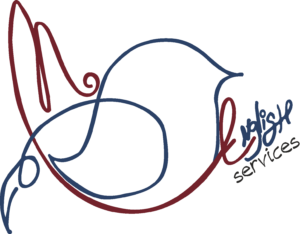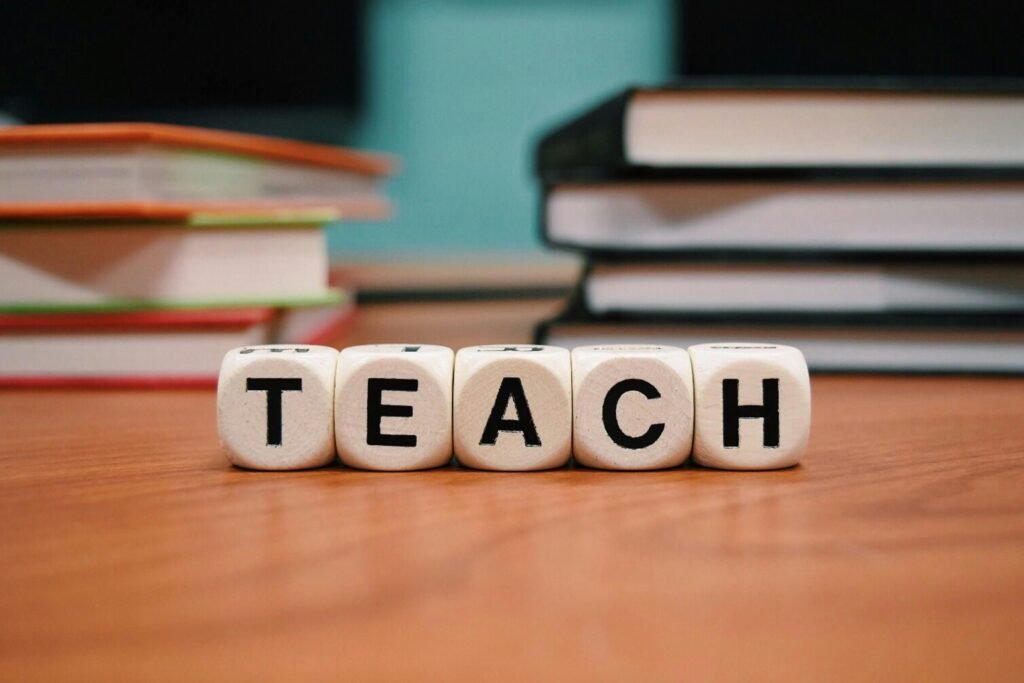When I first set out to learn German, I was quite young and naïve—around nineteen. I did what many learners do—I started with textbooks. I memorized vocabulary lists, practiced grammar drills, and followed structured lessons. But once I actually moved to Germany (I lived there for about five years) and tried to use what I had learned, I quickly realized something: textbook German only got me so far.
What really helped me gain a working command of the language—and eventually, the confidence to speak it on an everyday basis—was a very different, more immersive approach. Below, I’ll walk you through what worked for me and why.
1. Reading extensively—even when it was hard
One of the most effective things I did early on was read a lot—specifically, children’s chapter books. I chose books that felt manageable but were still challenging enough. At first, the process was slow and labor-intensive. I had to look up countless words, and by the end of each page, it seemed like over half the text was highlighted.
However, this paid off. Over time, I recognized more words and phrases without needing to look them up. My reading speed improved, and I could focus more on meaning and structure. This practice significantly expanded my vocabulary and helped reinforce grammar in context.

2. Learning grammar through observation
While reading, I paid close attention to how sentences were constructed—where verbs were placed, how clauses were connected, and what patterns appeared repeatedly. This form of “grammar noticing” was more meaningful than memorizing isolated rules.
Seeing grammar used in authentic texts helped me understand how the language functioned beyond the simplified examples in a textbook. It also gave me models I could imitate in my own speaking and writing.
3. Listening actively and imitating real speech
Living in Germany meant I was constantly surrounded by spoken German. Rather than tuning it out when I didn’t understand, I made a point of actively listening. I’d focus on the words and phrases people used, how they said them, and how sentences were structured in casual conversation.
Then, I’d try to replicate those phrases myself—sometimes silently in my head, sometimes aloud. I’d mentally rehearse how I might respond in similar situations, using the grammar and vocabulary I had heard or read. If I knew I’d have to speak German in a certain context—such as at a school meeting or government office—I would prepare and practice in advance.
4. Recognizing the limits of textbook German
Before living in Germany, I had studied the language using traditional methods, but when I arrived, I realized how little that prepared me for real-world interactions. I could read and write to some extent, but understanding spoken German—especially at natural speed—was incredibly difficult.
I hadn’t been exposed to how the language actually sounded in everyday use. This gap between textbook German and real spoken German made communication frustrating at first, and it was a clear sign that I needed to change my approach.
5. Using the language authentically and often
What made the biggest difference in my progress was engaging with the language in authentic ways—reading real books, listening to real people, and speaking in real situations. This immersive, integrated approach helped me connect what I was learning to how the language is actually used.
Living in the country gave me daily opportunities to practice, but even if moving abroad isn’t an option, there are still many ways to build authentic exposure:
- Read books, articles, and other materials written for native speakers;
- Listen to podcasts, watch TV shows, or follow YouTube channels in the target language;
- Find conversation partners online or join language exchange groups;
- And practice speaking regularly, even if it’s just to yourself and you think you’re insane (you’re not—you’re getting practice).
The key is consistency and intentionality—using the language as much as possible in meaningful ways every day.
Final thoughts
Language learning is not just about memorization or passing a test. It’s about developing real-world communication skills, and that requires engaging with the language in ways that reflect how it is naturally used.
In my experience, what helped most was a combination of extensive reading, attentive listening, active imitation, and consistent practice in real-life situations. Textbooks provided a foundation, but true learning happened when I began to notice, use, and live the language.
If you’re learning a new language—or teaching one—I encourage you to think beyond the classroom. Real progress comes not just from studying the language but from experiencing it.
Recommended resources for learning German authentically
Authentic reading material:
- Deutsch-to-Go – Short, accessible texts with audio
- DW Learn German – Stories and news tailored for learners
- Slow German – Podcasts and texts spoken slowly and clearly
Listening practice:
- Listening practice:
- PodClub – Free podcasts designed for language learners
- Easy German (YouTube) – Real street interviews with subtitles
Listening Speaking practice:
- iTalki – One-on-one speaking sessions with native speakers
- Tandem – Language exchange app for connecting with native speakers
- ConversationExchange – Connect with partners for language exchange via text, audio, or video
Textbook (as a supplement):
- Sicher! – Commonly used in German language schools; includes audio and realistic scenarios
- Menschen – A modern, visually engaging series with real-world applications
Let’s connect and start your journey today!
Contact us to schedule your lesson today!



